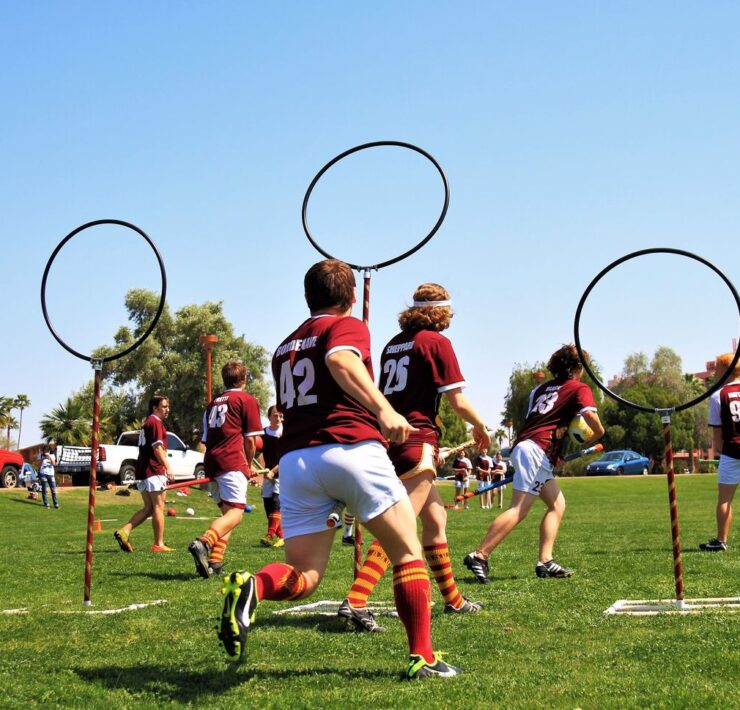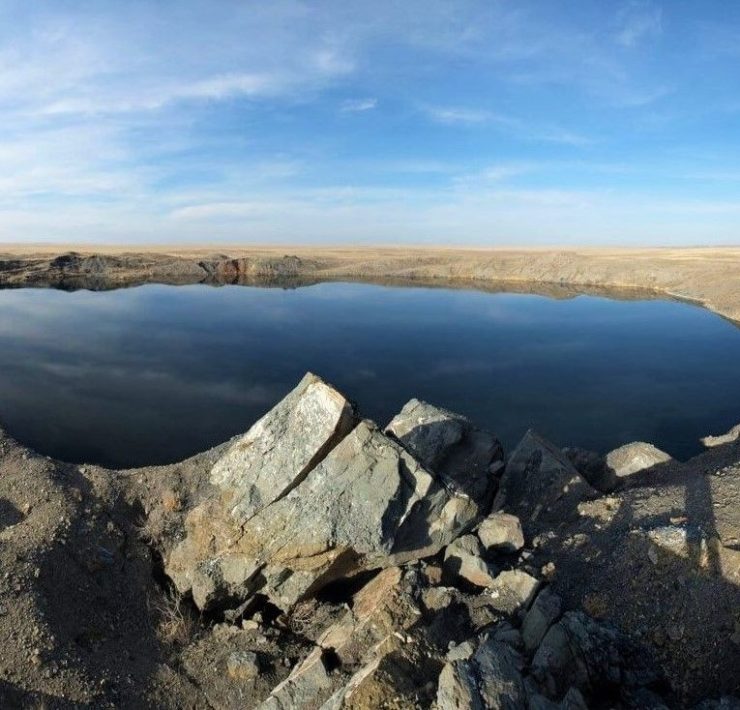We’ve known fire-walking as some kind of an overly-done public stunt to show “extraordinary” strength but in South India, this is an important part of a religious vow. Thimithi (or Theemithi) which means fire-walking is done by devotees to show that they promise to walk on fire in exchange for Goddess Draupadi’s blessing. Besides South India, Thimithi is also practiced in Singapore, Malaysia, Sri Lanka, South Africa, and wherever there are South Indian communities.
Thimithi is a part of a two-and-half-month ceremony where they reenact parts of Mahabharata, a Hindu epic that took place between the battle of the Pandavas and Kauravas. The heroine in Mahabharata and wife of the Pandavas, Goddess Draupadi, is a common village goddess known as amman . She is portrayed as someone who endures many misfortunes but holds on to Hindu principles and morality also known as dharma. Draupadi walks on fire at the end of her victory against the Kauravas to prove her virtuosity and chastity by her adherence to dharma. For the devotees, performing Thimithi is a form of penance and thanksgiving in her honor.
The ritual starts in July or August and before the actual fire-walking, there are there are other events that take place on Sunday nights or Monday mornings before the 5-day Deepavali or Diwali begins (Festival of Lights).
In Singapore, the event starts with a flag of Arjuna with a picture of Hanuman, the Monkey God, hoisted on the pole at the Sri Mariammam Temple. The Tamil version of Mahabharata is read each night until two days after Thimithi. Daily prayers and fasting are also done before the main event of fire-walking.
Aravan Puja is also conducted wherein devotees pray in honor of Arjuna’s son, Aravan, who sacrificed himself to Goddess Kali to ensure the victory for the Pandavas. Then on a Friday or Saturday before Thimithi, a chariot procession is held to mark 18-day Battle of Kurushektra where Lord Krishna agreed to be Arjuna’s charioteer. Next, devotees strip down and roll around the temple grounds up to three laps of 150 meters per round during the Keesaka Samharam, a ceremony held on a Saturday night before Thimithi.
On the day of Thimithi, a 2.7-meter fire pit is dug at the temple. There’s a smaller pit at the end where milk is poured into. The pit is lit with sandalwood pieces, a prayer is initiated, and turmeric and Neem leaf are attached to the wrist of the fire-walking participants. The highlight of this ceremony has begun.
The stacks of firewood in the pit start to burn and reach high temperatures. The chief priest starts by crossing the pit with a pot balanced on his head. The devotees follow across the burning pit and end by cooling their feet in the milk pool. At the end, the pit is extinguished with the sacred milk and water from the temple’s firehose.
A chariot processing is again held in the evening after the fire-walking ceremony. Two days later, the final chapter of Mahabharata is read and the whole ceremony ends by lowering the flag to show that the war has ended and the Pandavas won the battle.
When On Earth Magazine is for people who love travel. We provide informative travel guides, tips, ideas and advice regarding places to see, things to do, what to taste, and much more for world travelers seeking their next dream vacation destination.






